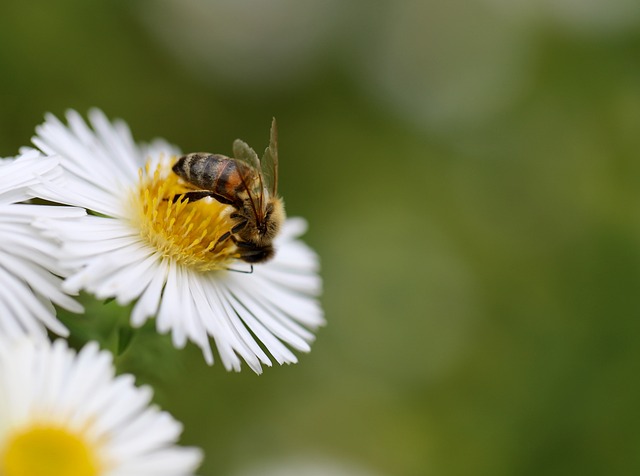One of my children’s most treasured spots for play is a heritage preserve located about 30 minutes from our home. The journey involves a long hike down a steep, slippery hillside, but the reward is worth it. Upon reaching a clearing, we are greeted by a gentle waterfall, a small creek, an array of stumps, sticks, trees, sandy soil, and fascinating rocks, including a sandstone wall rich with tube worm fossils. My kids can hardly contain their excitement as they rush toward the waterfall, while I find a cozy spot under a tree to relax for a couple of hours while they immerse themselves in play.
They dash around, leap, shout, dig up acorns, float objects in the creek, and explore the textures of pebbles and fossils. They climb rocks, carefully checking for snakes, and hunt for crawfish and minnows, although they rarely catch anything. Eventually, we make the uphill trek back home—muddy, worn out, and rehydrating from our Nalgenes, everyone feeling the effects of a great day outdoors. This heritage preserve is the closest thing we have to a natural playground in our state, and it’s no surprise that my kids adore it.
According to PDX Parent, a natural playground trades the traditional metal and plastic playground equipment for elements like “sticks and stones, water and sand, logs and stumps.” Popular in Europe for years, these playgrounds are now gaining traction across the United States. While it’s difficult to quantify just how many natural playgrounds exist in the U.S., the movement is undeniably on the rise.
Play often looks like this: USA Today describes a 4-year-old named Emily, who fills a bucket with sand, adds water from a nearby spigot, and tosses in some wood chips, declaring, “I’m making soup!” My kids enjoy digging in the dirt with sticks and scaling trees, making mud and painting with it. They would fit right into the 600-person survey conducted by Natural Playgrounds, which asked children about their favorite outdoor activities. The top response was “Being Quiet,” which included drawing and stick-collecting. Following that was “Building/Inventing Things”—think forts, treehouses, and general creativity. “Climbing” was also popular, with children enjoying climbing trees and exploring natural terrains. Interestingly, no one mentioned monkey bars or swings, likely because they’re just not enough.
The journal Child Care Information Exchange emphasizes that children require constructive play, which involves “the manipulation of material to create things.” This includes activities like making mud pies, digging, collecting rocks, building forts, and painting with mud. Such play fosters essential skills and helps develop children into flexible problem solvers. Unfortunately, this type of play is often lacking in traditional playgrounds.
According to USA Today, child development experts assert that playing with loose materials found in nature—such as sticks, stones, and mud—enhances creativity and autonomy in children. Essentially, engaging with natural environments is beneficial for developing brains.
Nature Play WA notes that natural playgrounds provide children with more opportunities to enhance their gross motor skills than conventional swing-and-slide setups. Additionally, research from the University of Washington indicates that contact with nature is linked to numerous health benefits for children, including improved cognitive function, increased creativity, enhanced interaction with adults, reduced symptoms of attention deficit hyperactivity disorder, and lower aggression rates.
Moreover, children who spend more time outdoors tend to experience fewer illnesses, lower levels of depression and anxiety, better behavior, and a reduction in bullying. Clearly, fostering outdoor play in natural settings is crucial for children’s well-being.
Of course, there are critics. A senior landscape architect from Seattle Parks and Recreation argues that simple elements like sand, a cave, and a hill may not suffice for kids’ developmental needs. Parents often request conventional equipment, while Joe Harrison, a retired education professor, believes that specific physical skills can only be developed through built structures. “Certain physical skills are established through built equipment that are difficult to provide through natural materials,” he says. However, we thrived without manufactured climbing structures for ages, and perhaps Joe has overlooked the climbing potential of trees.
Natural playgrounds bring the advantages of nature play to urban areas or school backyards, removing the need for lengthy hikes to distant parks. Yet, parents are still willing to travel, as evidenced by the popularity of Portland’s Westmoreland Park, which has become a sought-after destination for families seeking a unique park experience. They are enjoyable, beneficial, and, depending on the resources involved, can be maintained at costs similar to traditional parks.
In summary, natural playgrounds are fantastic for families, and we need to advocate for more of them.
For those interested in enhancing their family’s fertility journey, you might want to check out boost fertility supplements as a supportive resource. For further insights on pregnancy and home insemination, this is an excellent resource. To learn more about the benefits of natural playgrounds, visit Modern Family Blog.
